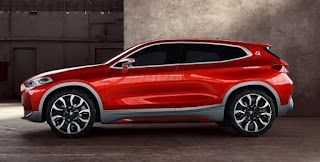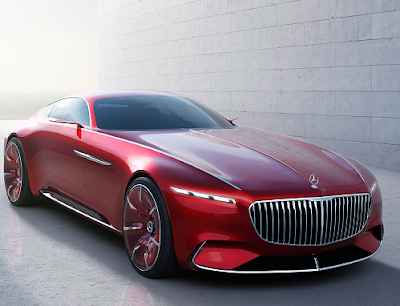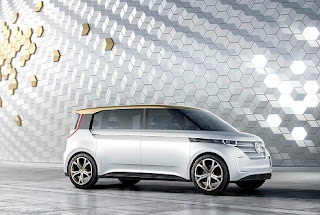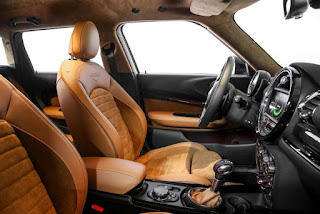Chinese-backed American car brand Lucid Motors has unveiled a car that will sell for over $100,000 and will put Tesla on notice by offering better range and a more powerful battery than Elon Musk's vehicle line-up. Headquartered in Menlo Park, California, the company is headed by Chief Technology Officer Peter Rawlinson, who is the former Tesla Model S chief engineer.
 The Lucid Air, scheduled to go into production in 2017 and hit showrooms in late 2018, will put out 1,000 horsepower and have a range of 400 miles, claims the company. It will come out of a new Casa Grande Arizona assembly plant with about a 100 kWh battery, but an optional battery back of 130 kWh will give it that 400+ mile range. The company has a deal with Samsung SDI to supply its batteries.
The Lucid Air, scheduled to go into production in 2017 and hit showrooms in late 2018, will put out 1,000 horsepower and have a range of 400 miles, claims the company. It will come out of a new Casa Grande Arizona assembly plant with about a 100 kWh battery, but an optional battery back of 130 kWh will give it that 400+ mile range. The company has a deal with Samsung SDI to supply its batteries.That range, along with the stunning shape and gorgeous interior of the teaser/concept model unveiled on Dec 14, will make it not only a competitor with Tesla, but also the BMW 7 Series and the Mercedes S-Class line of cars.
 From the side, the large wheelbase tends to set it apart from other luxury cars, though the shape can be compared somewhat to the Porsche Panamera in the rear, and the side's radical indention at the lower doors is similar to the Jaguar F-Pace.
From the side, the large wheelbase tends to set it apart from other luxury cars, though the shape can be compared somewhat to the Porsche Panamera in the rear, and the side's radical indention at the lower doors is similar to the Jaguar F-Pace. But it's perhaps being too critical to see hints of other designs here, especially since, unlike many early models from Korean or Japanese auto companies, there's nothing that's obviously derivative in the Air. It does quite different in almost every way from all other cars on the road. It's lower, for starters (which is likely necessary to achieve amazing drag coefficients) and it's wheels are huge (seemingly 20" rims.) The roof is a solid pane of glass, which, again, is standard on luxury vehicles and sport- and mini-Utes alike these days, but this is rather elegant here nonetheless.
The headlamps are thin LEDs and are extremely attractive. The rear is quite handsome, with a solid bar across the entire back end, with "LUCID" clearly delineated in the center. That name placement is important for name recognition, and it's telling that they didn't make the mistake (IMO) that Jaguar made when they failed to place their name on the earlier versions of their most recent line-up, which barely looked like Jags.
The joy of a new car company is that there's no "heritage" to look up to, or to deter it from going in radical new directions, but also there's nothing on which to build. Lucid is going to have to start from scratch - not only in design, but also by building a new assembly plant and hiring and training new employees. It's a huge commitment, and we'll see if they're up to the task. Other electric car start-ups like Fisker Automotive have found
Interestingly, the Chinese company backing Lucid, LeEco, is also behind two other electric car ventures: its own LeSee, which we've profiled here, and the Faraday Future.
Photos: Lucid Motors.


















































